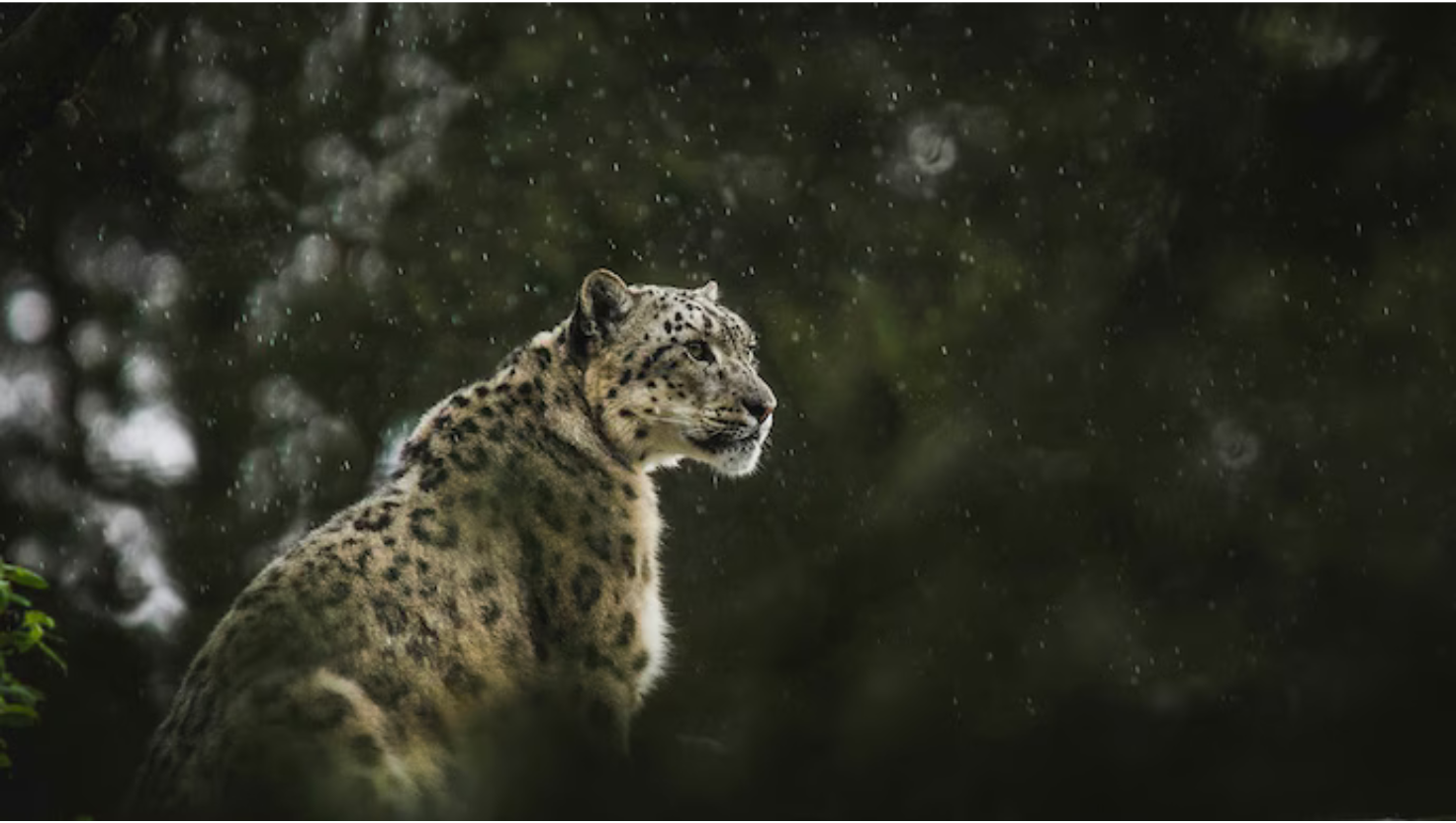Bandipur National Park: A Tiger Stronghold in the Nilgiri Biosphere
Relevance: Environment & Ecology (UPSC GS III, Prelims)
Context
Bandipur National Park in Karnataka is among India’s most prominent wildlife reserves. It plays a critical role in tiger and elephant conservation and forms a part of the Nilgiri Biosphere Reserve, a major biodiversity hotspot.
Location & Significance
- Situated in the Chamarajanagar district of Karnataka, between the Eastern and Western Ghats.
- Forms a part of the Nilgiri Biosphere Reserve, along with Wayanad, Nagarhole, and Mudumalai reserves.
- Lies along the Mysuru–Ooty highway, making it a key wildlife tourism destination.
Tiger Conservation
- Declared a Tiger Reserve in 1974 under Project Tiger.
- One of the oldest and most successful tiger reserves in India.
- Karnataka ranks second in the country in tiger population, as per the 2018 Tiger Census.
- Bandipur is also home to the largest wild elephant population in South India.
Historical Background
- Originally the private hunting ground of the Maharaja of Mysore.
- Converted into a protected reserve to conserve its rich biodiversity.
- The Tamil Nadu side of the forest is known as the Mudumalai Tiger Reserve.
Flora of Bandipur
Bandipur has a mix of deciduous forests, dry scrub, and grasslands.
Major tree species include:
- Teak, Rosewood, Sandalwood, Indian Kino, and Indian Laurel
- Fruit and flowering trees like Axlewood, Indigo Berry, Golden Shower, Flame of the Forest, Kadam, and Indian Gooseberry
- Bamboo species like clumping and giant bamboo also thrive here.
Fauna of Bandipur
Mammals:
- Tigers, Asian elephants, leopards, dholes (wild dogs), bonnet macaques, striped hyenas, jungle cats, rusty-spotted cats, civets, Hanuman langurs, and four-horned antelopes
Birds:
- Over 200 bird species including Malabar pied hornbill, peafowl, junglefowl, Indian roller, crested serpent eagle, red-headed vultures, and kingfishers
- Bird breeding season begins just before the monsoon.
Reptiles:
- Indian rock python, mugger crocodile, monitor lizard, flying lizard, Indian pond terrapin, and rat snake
Interesting Facts about Bandipur
- Hosts one of the world’s largest populations of Asiatic elephants (~2,500+).
- The best time to see large elephant herds: June to September (monsoon season).
- The park is divided into two main ecotourism zones: Bandipur (54 sq. km) and GS Betta (28 sq. km).
- Recognised as one of the world’s eight hottest biodiversity hotspots.
- Bandipur’s diverse landscapes include scrub jungles, grassy meadows, and tropical mixed deciduous forests.
- It serves as a key research hub for wildlife conservation, contributing valuable data and strategies to Indian forest management.
- Known for being one of India’s best-managed national parks, with awards for conservation and eco-management.











